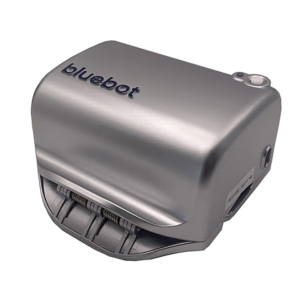

There’s almost nothing more frustrating than receiving a high water bill with no visible leak. If your water bill is high but no leaks are apparent, you may have a hidden leak, a faulty water meter, or an issue with your plumbing system. This guide will walk you through an 11-step checklist to identify the cause of your increased water consumption and take steps to resolve the issue, potentially saving you a significant amount of money.
At Bluebot, we specialize in water monitoring solutions to help you manage your water usage effectively. Our smart water meters provide real-time insights, allowing you to detect a potential leak before it leads to a higher bill.
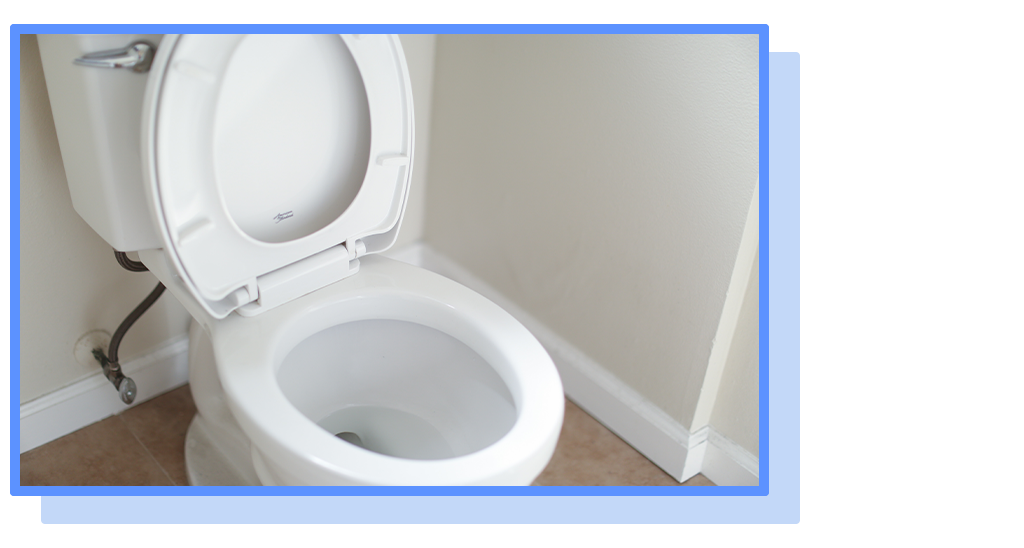
A toilet leak can waste gallons of water every day. Even a small leaky toilet can add up over time, increasing your water bill significantly.
Running toilets are often a simple fix, sometimes requiring absolutely no parts or replacements.
A Bluebot smart meter lets you monitor water usage and detect leaks in real-time.
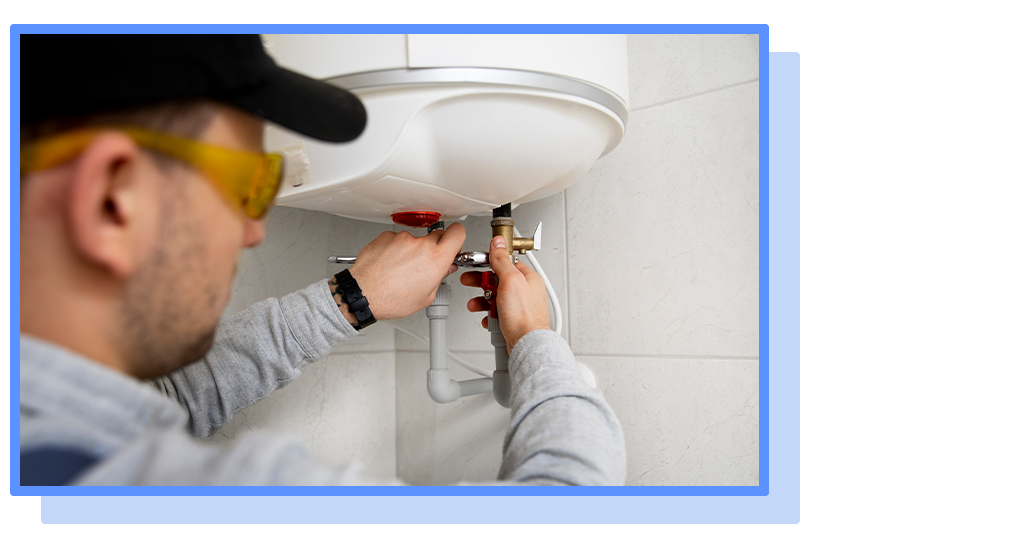
A water heater leak can be challenging to spot, mainly if it’s located in an attic, basement, or utility closet. Leaking water heaters can result in increased water waste, unnoticed water consumption, and a steadily rising water bill.

Even small washing machine leaks can cause a high water bill with no visible leak.
Your washing machine processes gallons of water per load, making it a potential source of water leaks.
Even minor dripping water from hoses or underground pipes can lead to hidden water waste and a higher water bill.
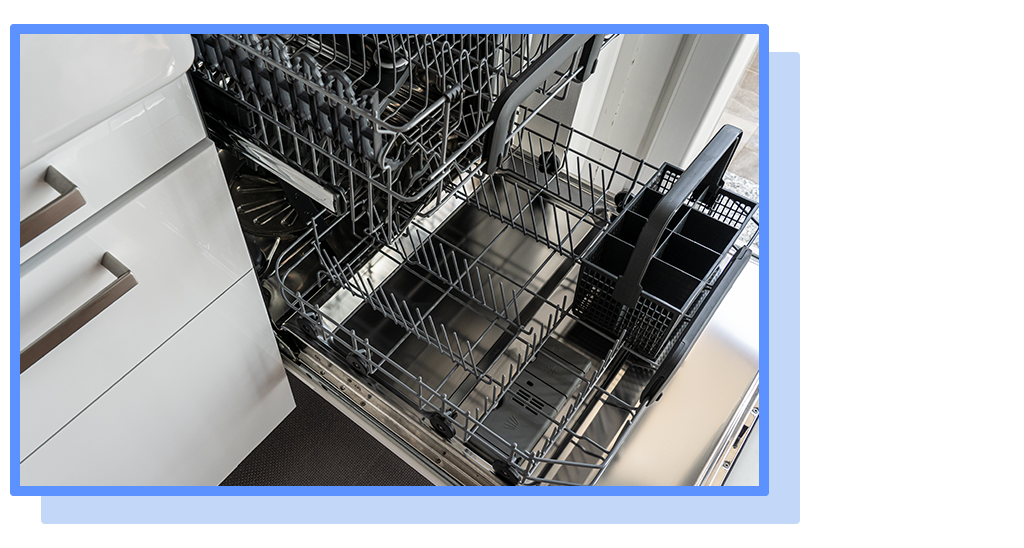
A leaky dishwasher can cause water waste, leading to an unexplained high water bill. Dishwashers rely on a network of hoses, valves, and seals, and even minor failures can lead to unnoticed leaks that persist over time.
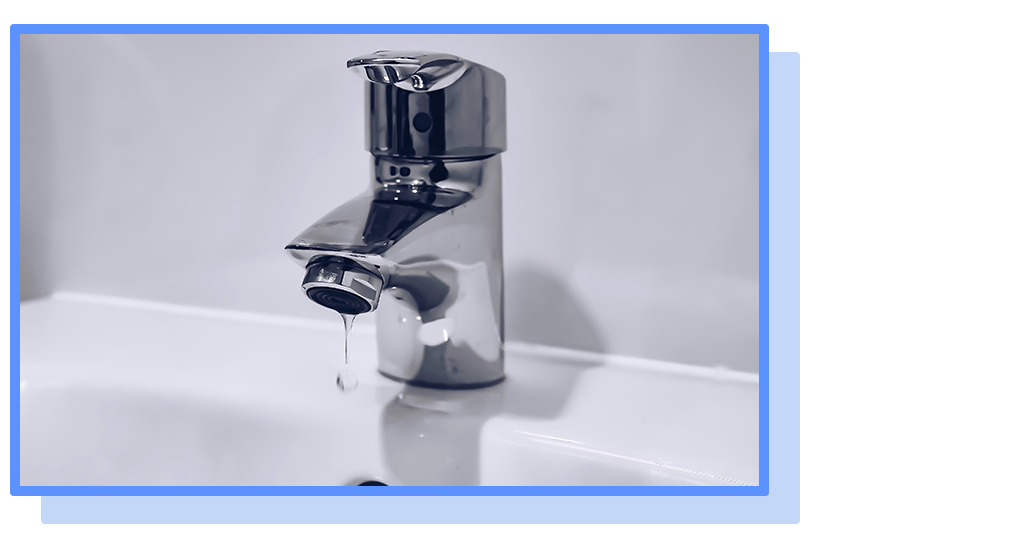
Even a slow drip or tiny leak from a dripping faucet or faulty fixture can result in thousands of gallons of water wasted over a year.
While a leaky faucet may not seem urgent, it can significantly increase your bill.
A Bluebot smart meter provides real-time tracking for ongoing leak detection, helping to prevent unnecessary water use and control higher bills.
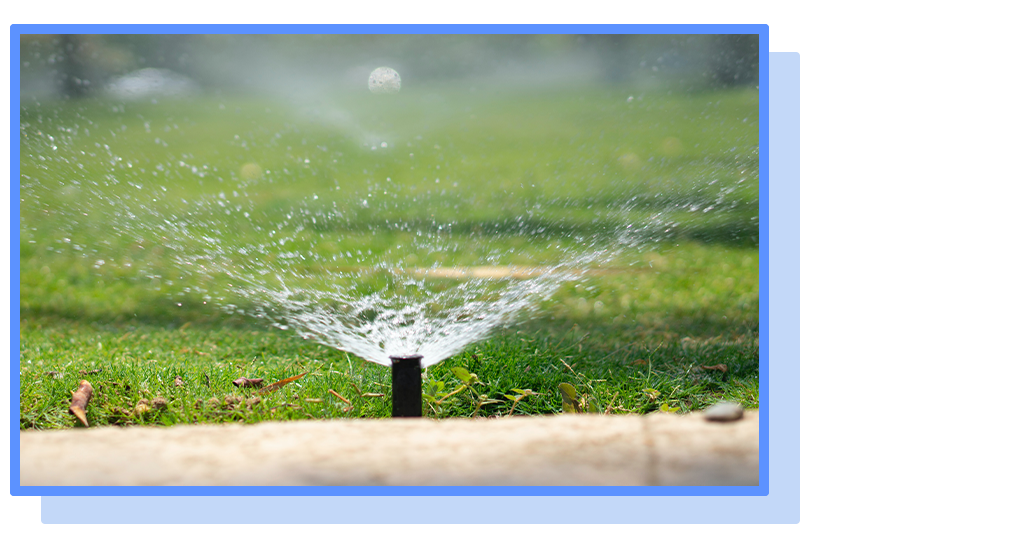
A malfunctioning irrigation system can cause unnoticed water waste, leading to a higher bill.
Since irrigation systems are often programmed to run automatically, leaks can go undetected for weeks or months, causing excessive water usage.
If you suspect that irrigation system leaks may be the cause of your high water bill, do some detective work by running each zone of your irrigation system and watching for abnormalities.
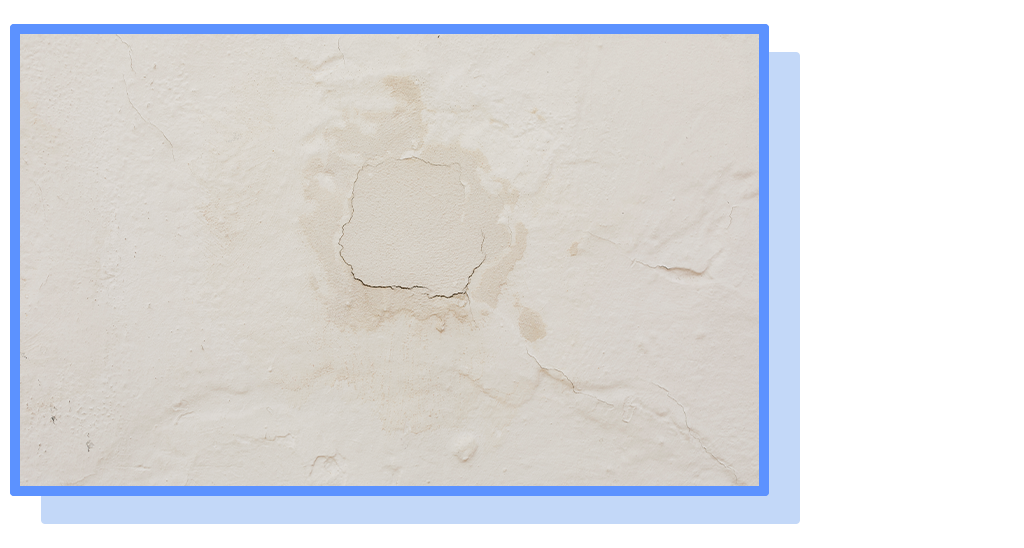
Hidden leaks can exist within walls, ceilings, floors, or underground pipes, making them difficult to detect.
Even a tiny leak can lead to significant water waste and damage over time.
If you suspect a hidden leak, contact a plumbing leak specialist or install a Bluebot bright water meter to track water use and detect leaks early.
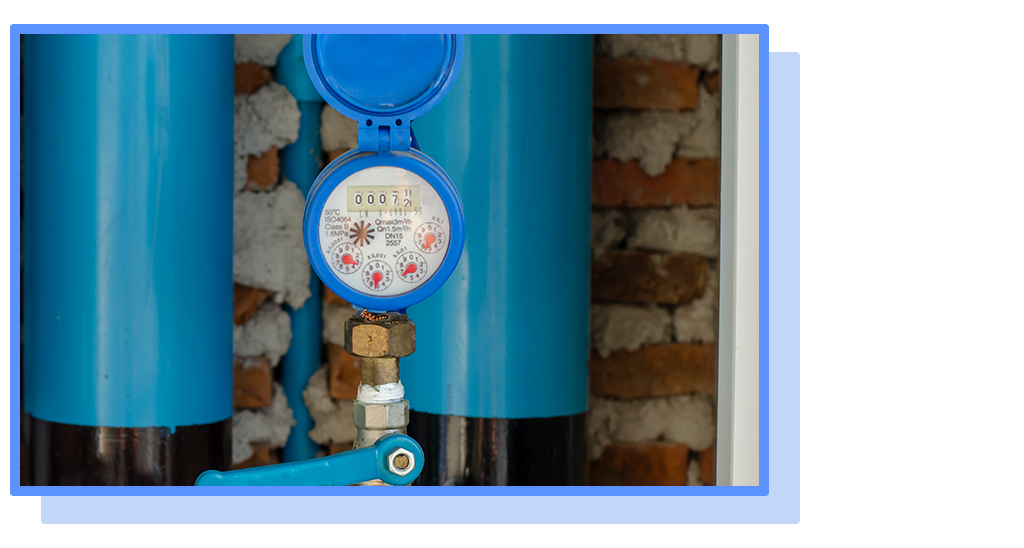
A faulty water meter can lead to inaccurate water usage readings and inflated water bills.
Over time, meters can degrade due to debris buildup, wear and tear, or mechanical failure, leading to miscalculations.
If your water meter seems inaccurate, contact your company to request an inspection or replacement. A Bluebot water meter can provide real-time tracking and alerts for abnormal water consumption.
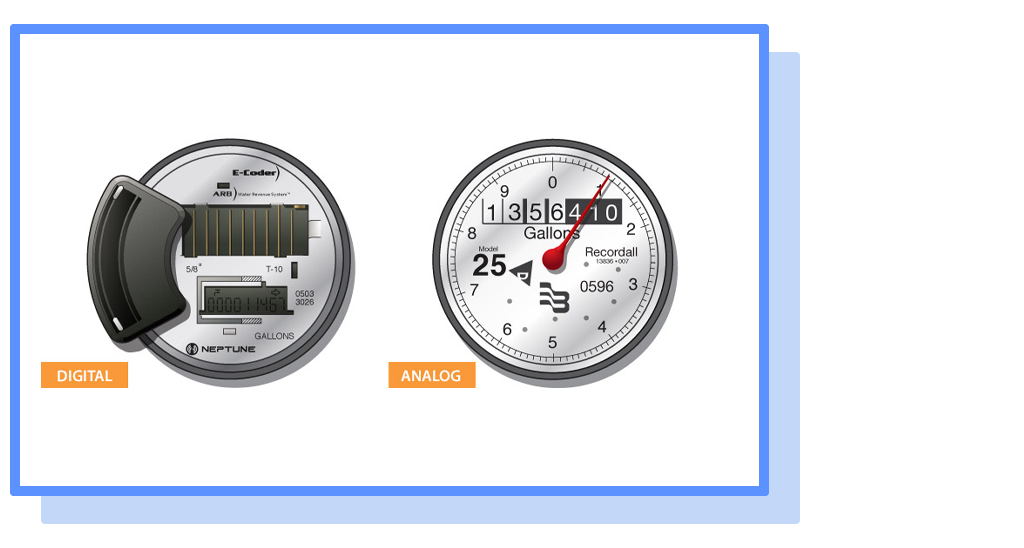
Billing errors from your water department can lead to unexpectedly high bills.
Manual meter misreads, faulty automated systems, or incorrect rate calculations may cause errors.
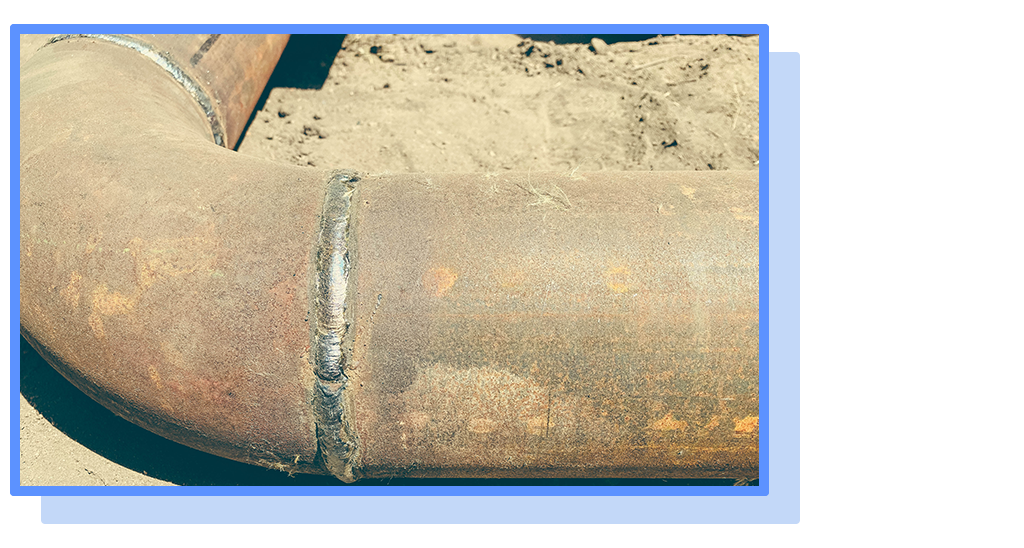
A municipal water leak or damage to a public water main can cause fluctuations in water pressure, water waste, and higher bills. These external leaks can affect entire neighborhoods.
Using Bluebot’s leak detection technology allows homeowners to differentiate between personal and municipal leaks, ensuring accurate water consumption tracking.
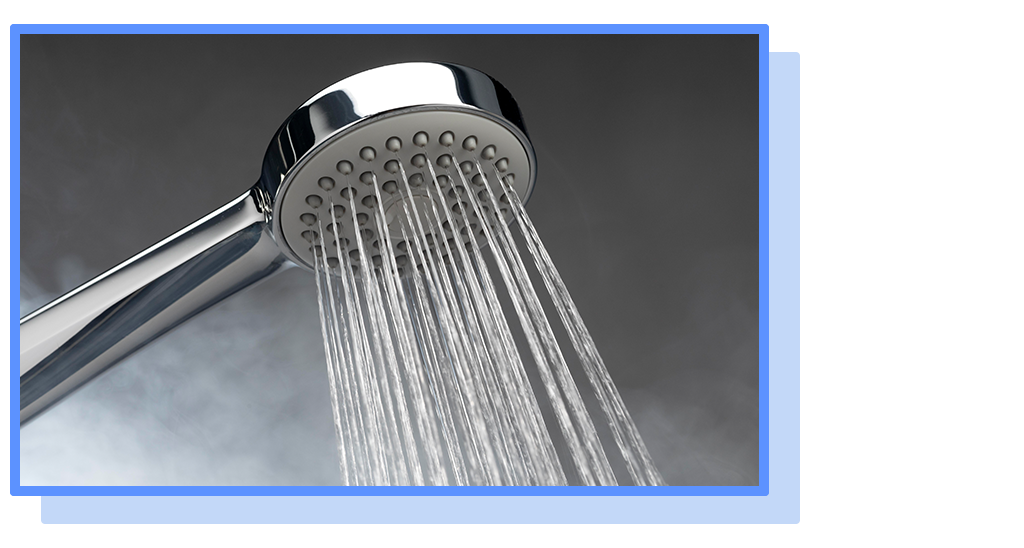
If no visible leak is found, your high water bill may stem from unnoticed water waste.
By integrating Bluebot’s bright water monitoring into your home or business, you can reduce water waste, prevent plumbing leaks, and keep your water bill under control.
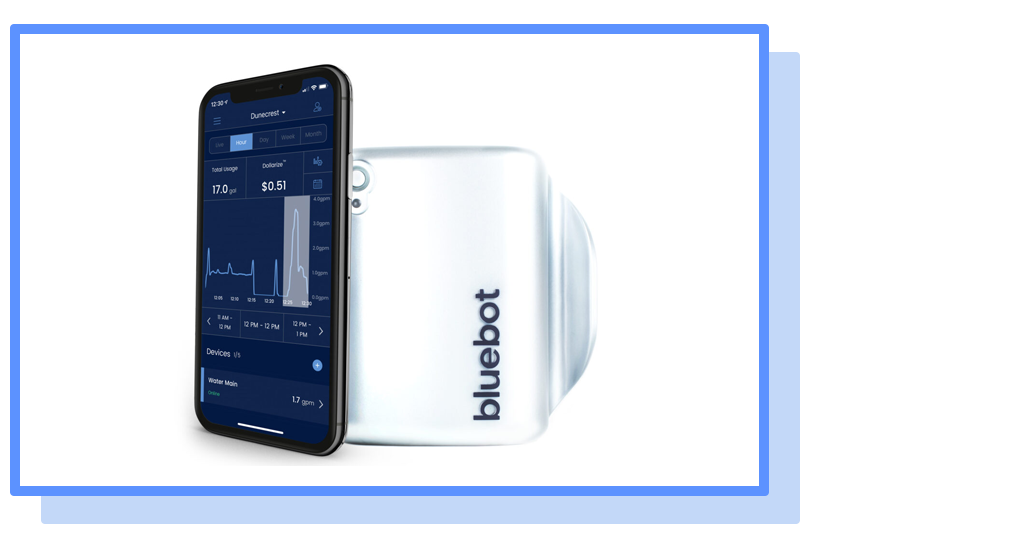
Moving forward, here are a few steps you can take to avoid surprises.
Having a household plan in place that addresses things like showering, running the washers, and so forth can help eliminate surprises.
A one-time investment in water-saving appliances can keep you saving on your water bill for years to come.
Our premium bluebot clamp-on water flow meter puts your home water management at the tip of your fingers.
Best of all, dynamic alerts offer instant updates and water leak detection, allowing you to address problems immediately.
Stop guessing why your water bill is high. With Bluebot’s smart water meter, you can: